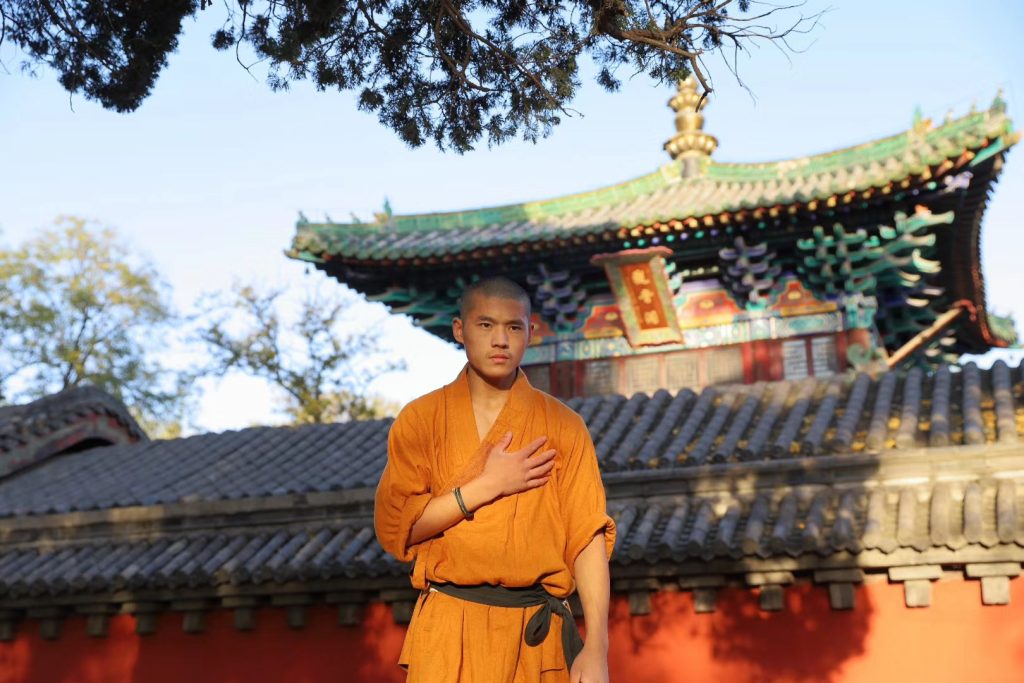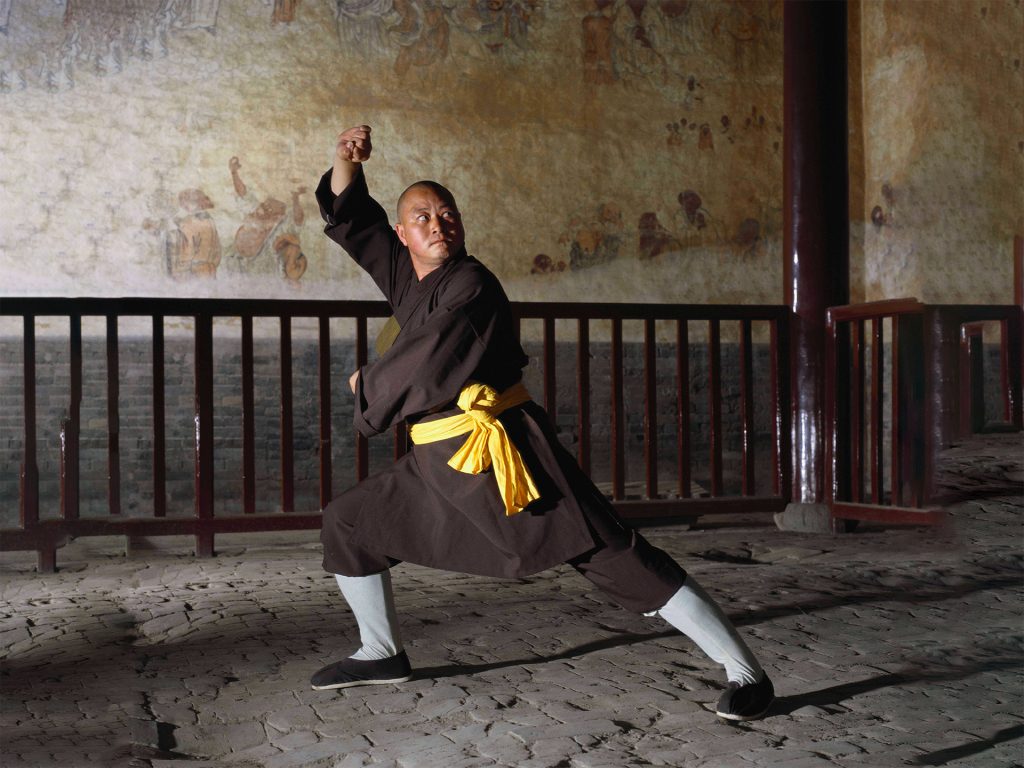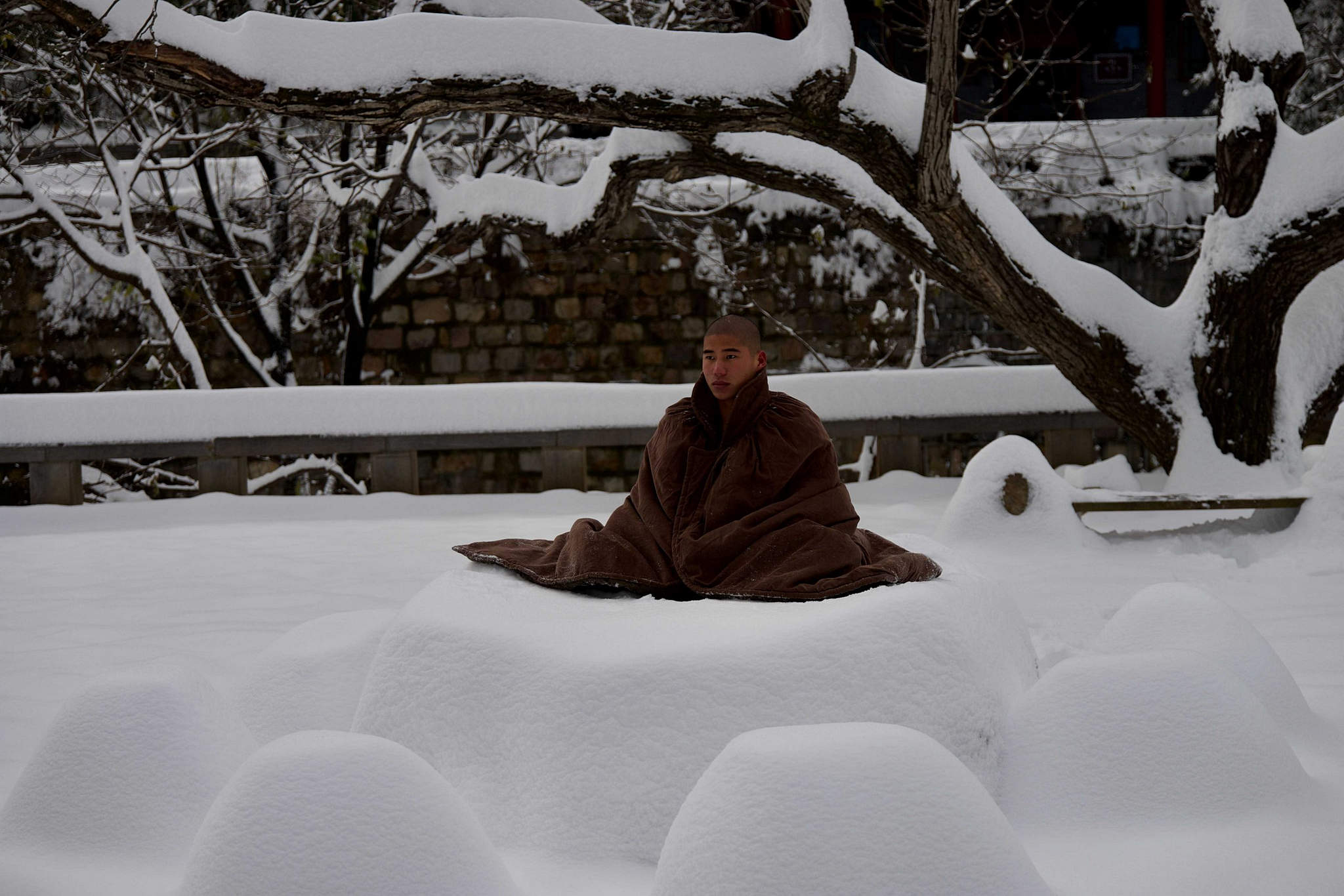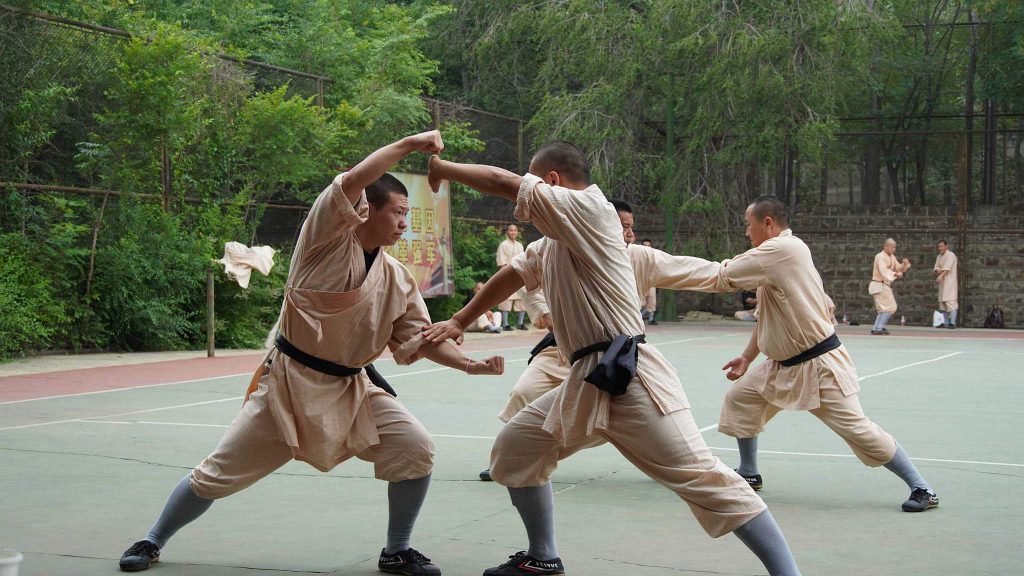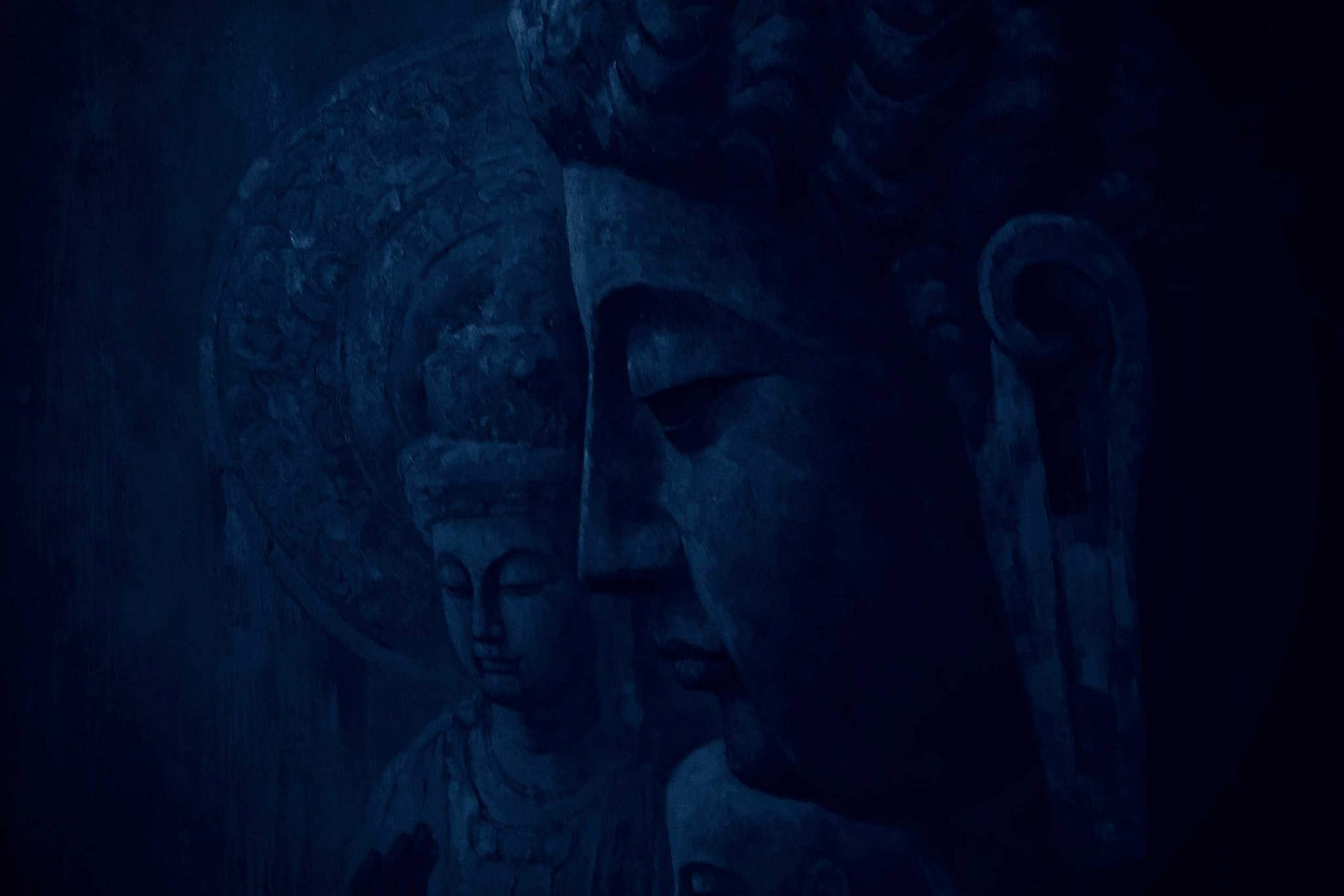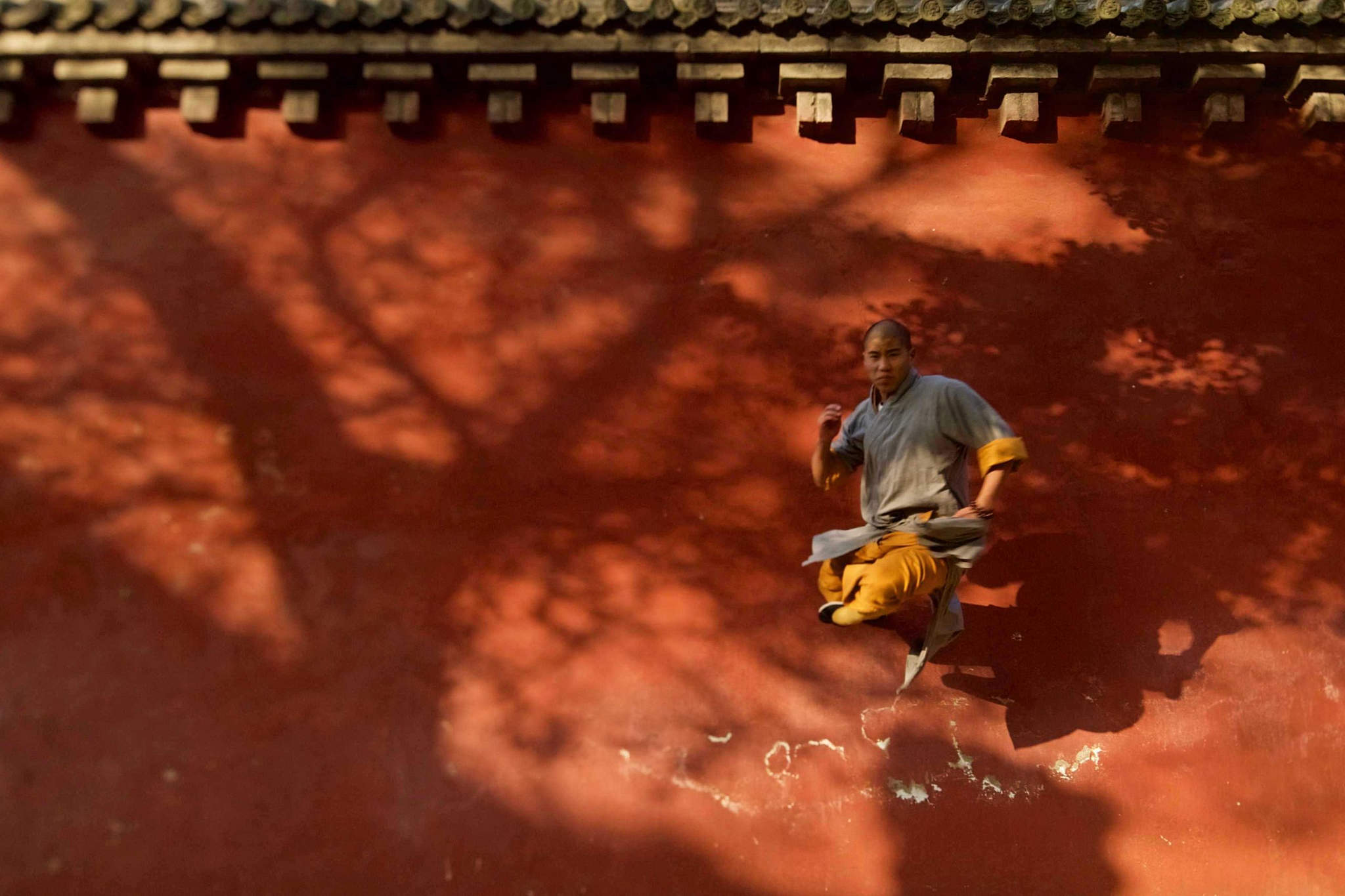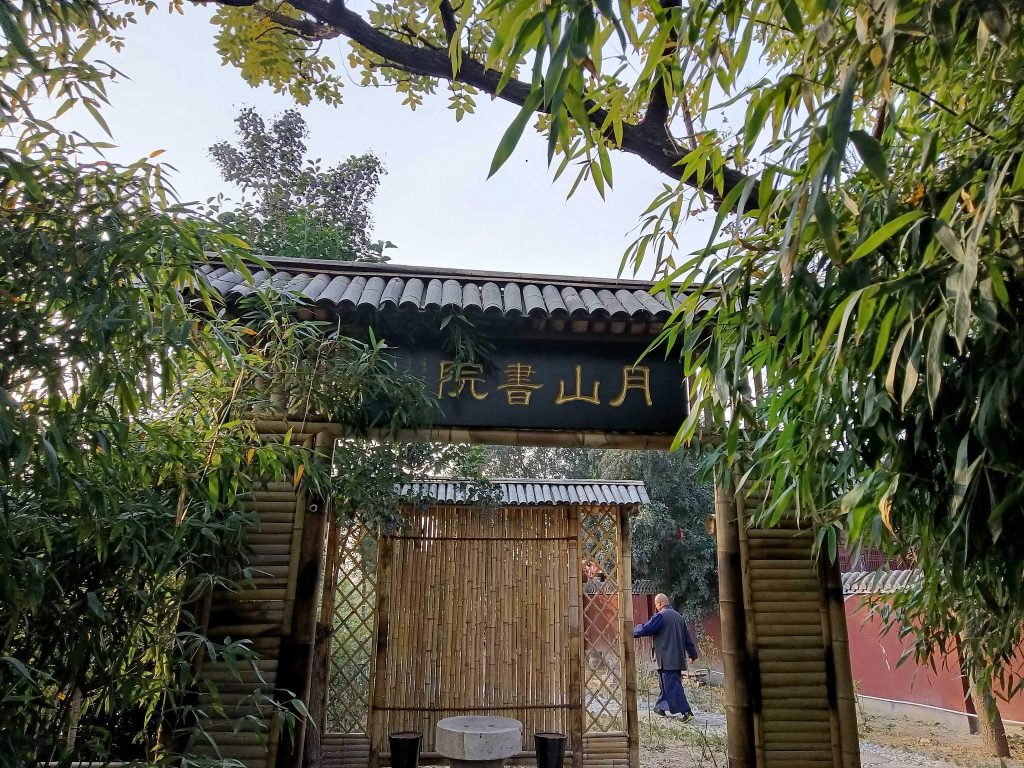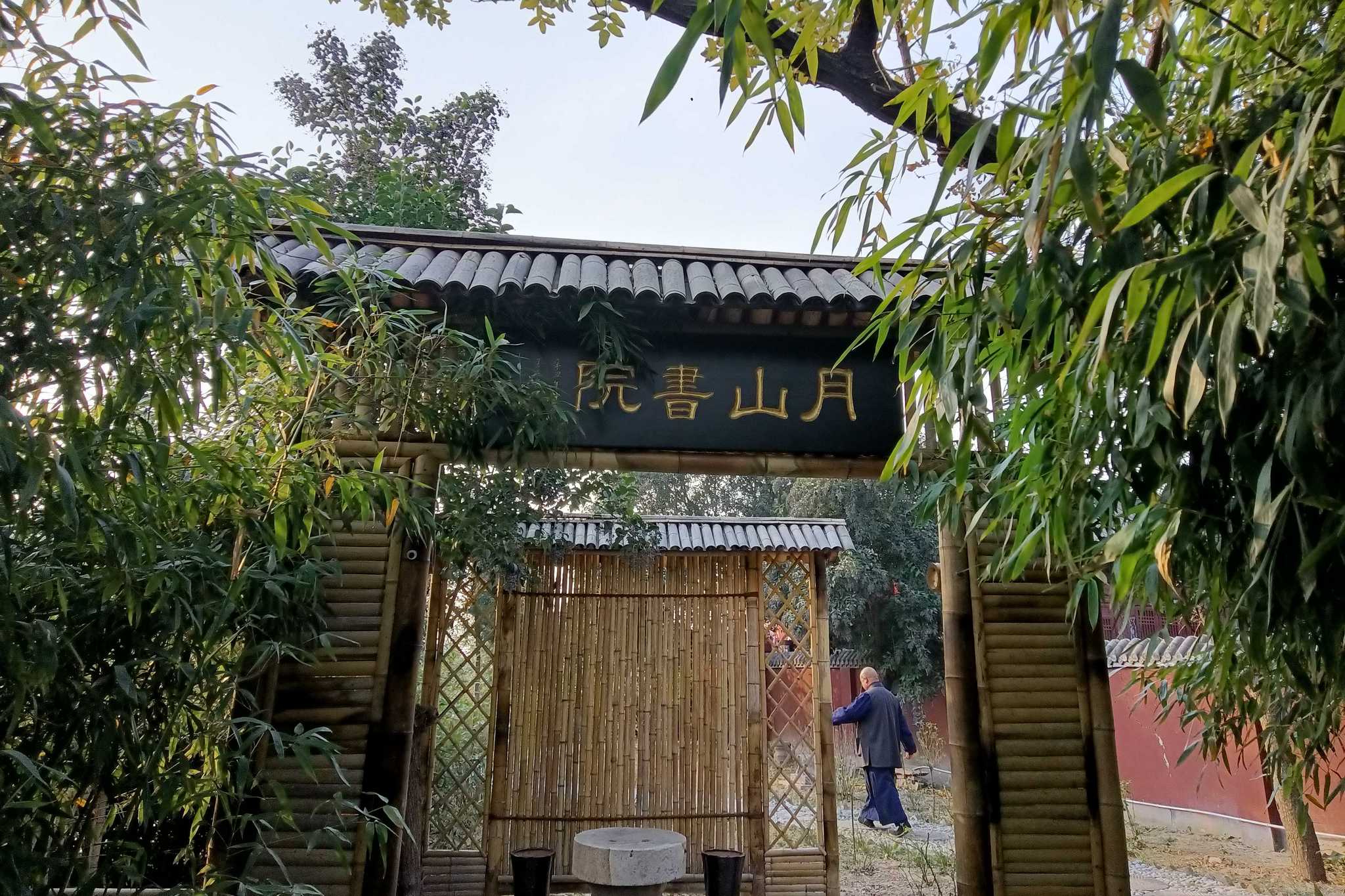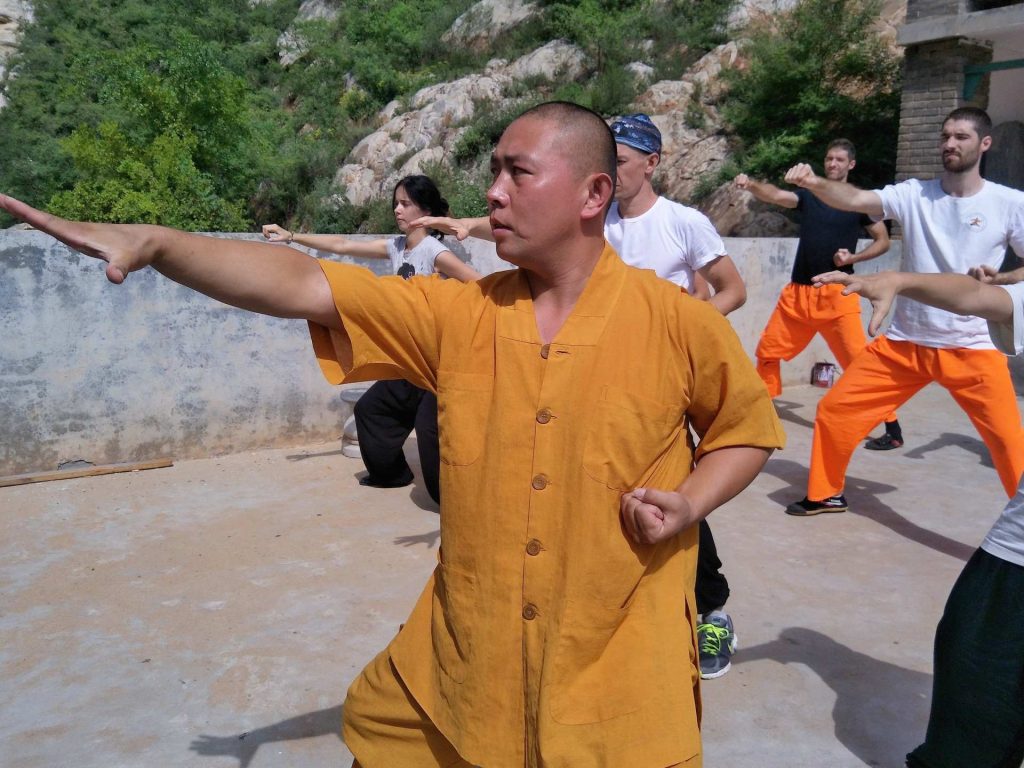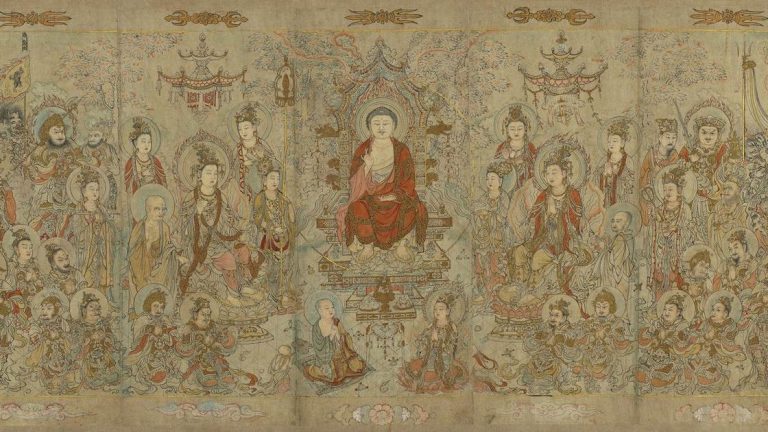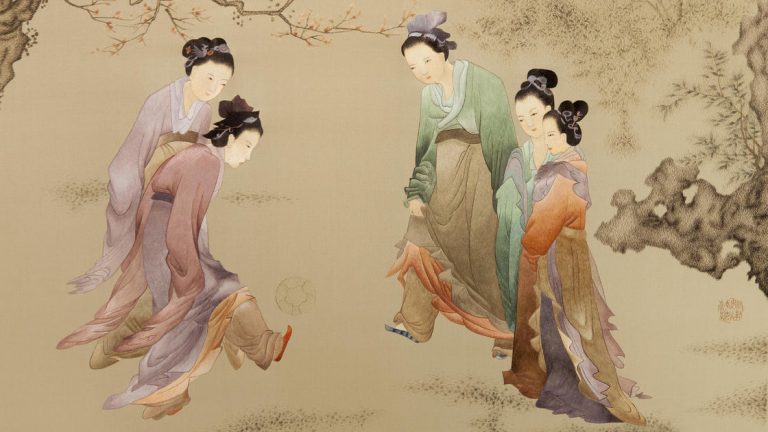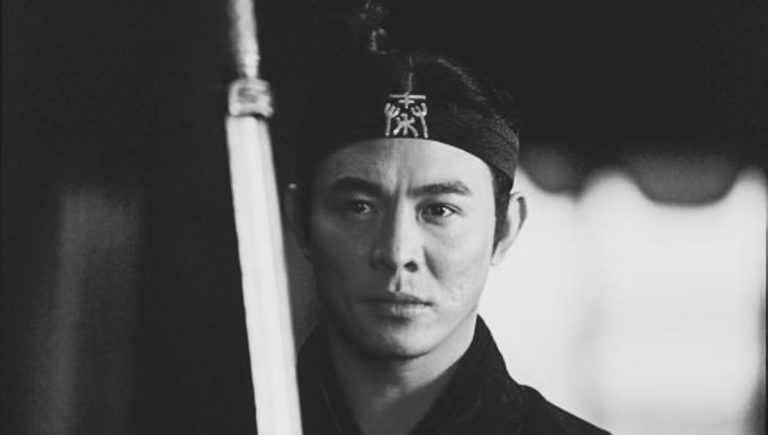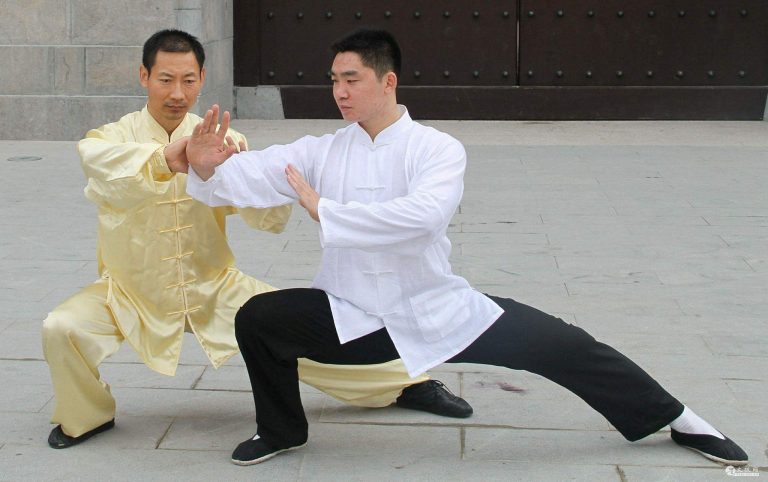Principles of the Shaolin Quan Style
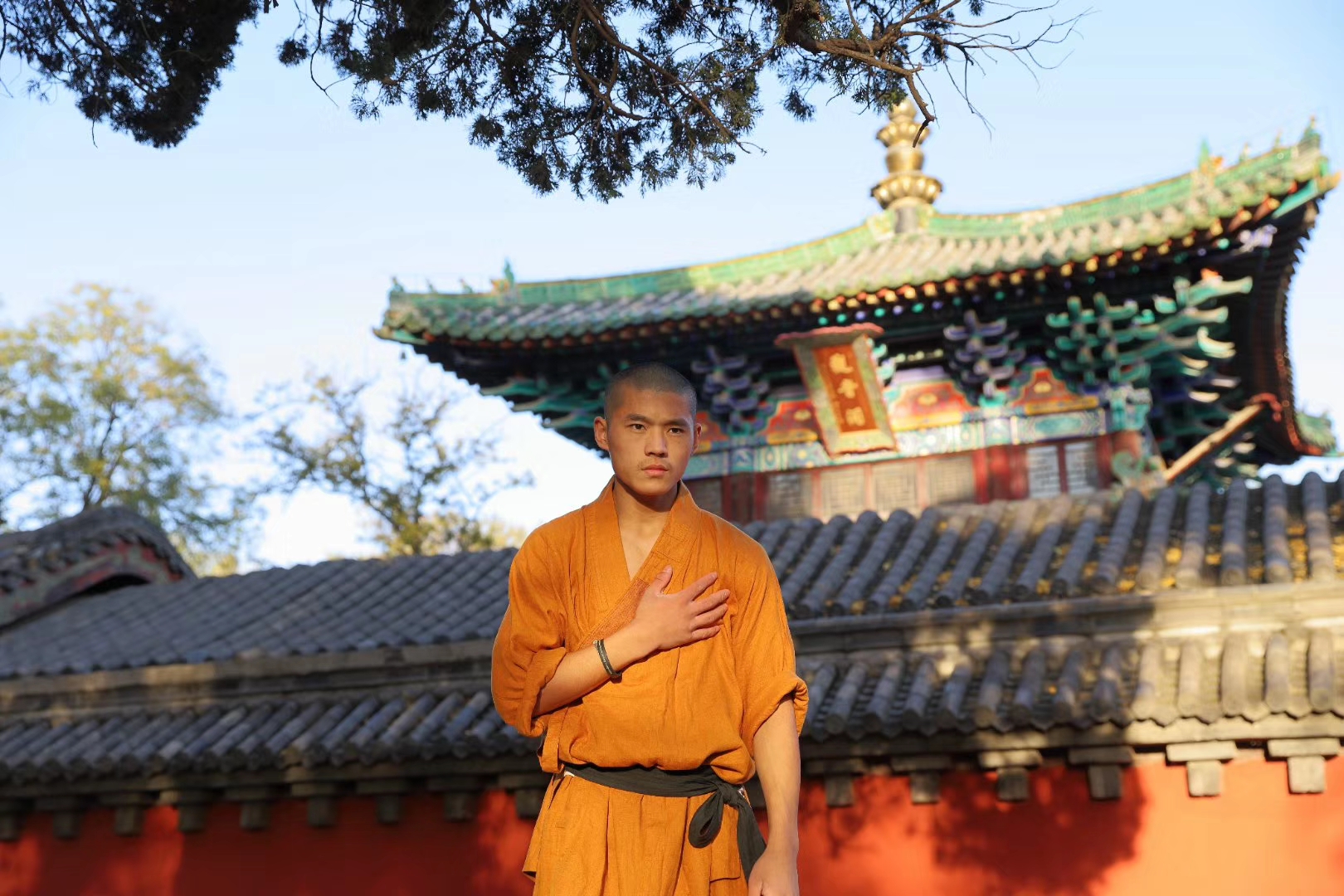
The Shaolin Quan fighting technique is not fundamentally different from any other martial art in terms of maiming, if that is the main goal of martial arts study. On the other hand, what distinguishes the Chinese martial arts, and the Shaolin style in particular, is an internal component. We have already said that the control of qi is not supernatural in this style, but in this case I would like to say that the Shaolin style, besides ethics, has a philosophical meaning.
In perfecting physical techniques, directing one’s attention to the basic principles gives the student the opportunity to understand what the master will never say. In part, this is what “heart to heart” skill transfer is all about.
Philosophy of Shaolin Kung Fu
劲力顺便,功艺纯 [jìnlì shùnbiàn, gōng yì chún] – strength to use “in passing”, skills should be improved;
动如涛,静如岳 [dòng rú tāo, jìng rú yuè] – move like raging waves, rest like the top of a mountain;
起如猴落如雀 [qǐ rú hóu luò rú què] – jump like a monkey, sit like a sparrow;
立如鹤,站如松 [lì rú hè, zhàn rú sōng] – stand as a crane, steady as a pine;
转如轮,折如弓 [zhuàn rú lún, zhé rú gōng] – move like a wheel, obey like a bow;
轻如叶,重如铁 [qīng rú yè, zhòng rú tiě] – light as a leaf, heavy as iron;
慢如鹰,快如风 [màn rú yīng, kuài rú fēng] – steady as an eagle, swift as the wind. (soar like an eagle, blow like the wind)

